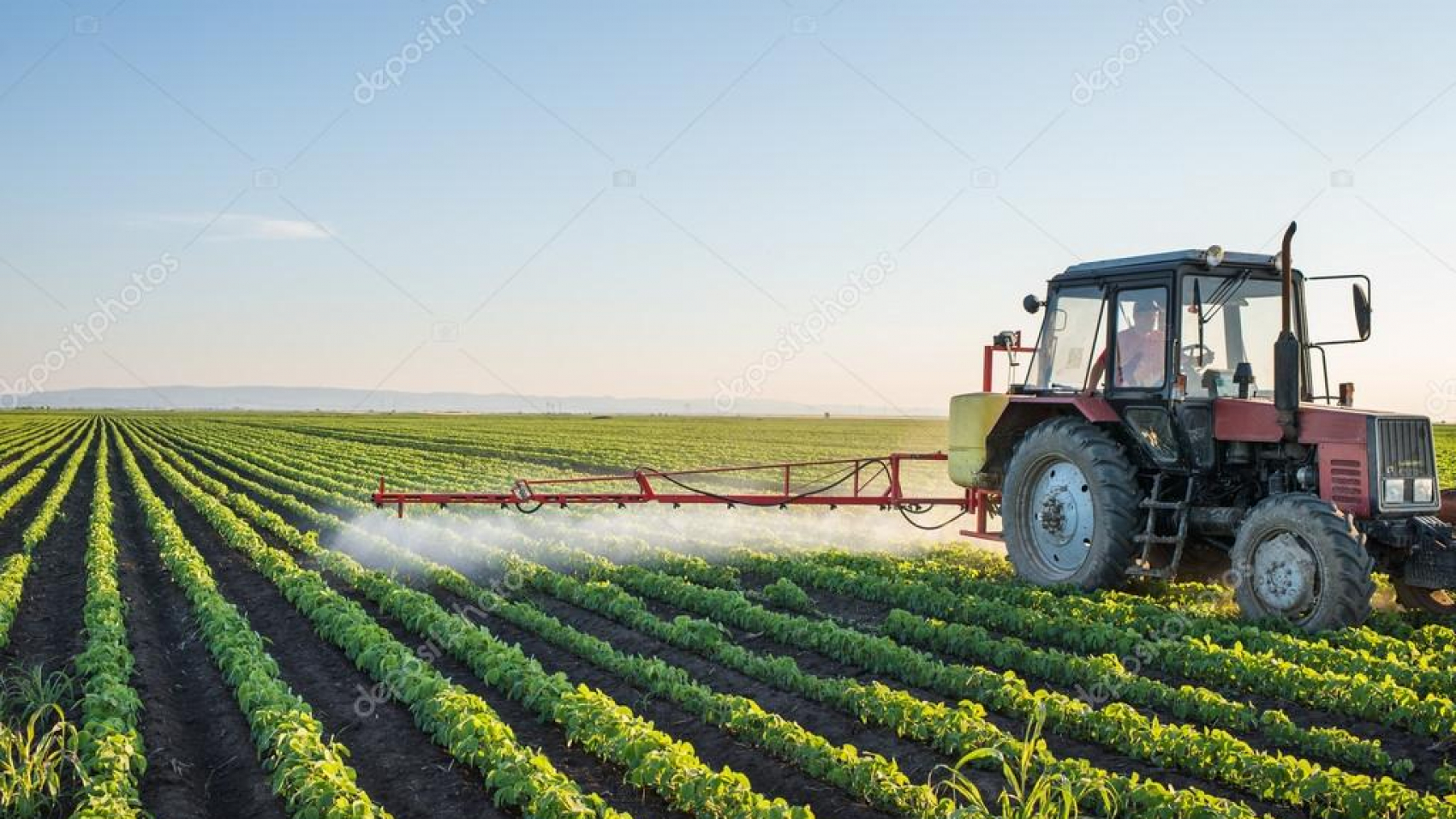On August 31st, the domestic gold price in the external market was around 37 lakh per tical, which had risen to a record, dropped to around 30 lakh on September 1, leading a lot of resale, according to the gold dealers. On September 1, the Yangon Gold Association set the reference price at 2001,000 kyats per tical, while the domestic gold price in the foreign market was around 3200,000 kyats. It is believed that the gold market first opened.
After that, on September 1st at 2:30 p.m., the domestic gold price in the external market reached 30 lakh and fell again. On August 31, the Yangon Gold Association set a reference price of 20,210,000 kyats per kyat, but the domestic gold price in the external market rose to a record high of around 37 lakh. Last August 31, the price of bark sawn started at around 3030,000 per kyat and reached a record high of 3120,000 at noon on August 30. On August 30th, around 3:00 p.m., bark gold rose to around 3,175,000 kyat per kyat in the foreign market.
As for the record price, the gold price reached 26,000,000 per kyat on August 12th, and reached a record high of 27,000,000 in the morning on August 13, and over 28,000,000 in the afternoon. From 2016 to 2021, there have been several record gold prices in the country. On August 13, 2019, Kyat 1,237,000, on September 5, 2019, Kyat 1,315,000. 1335500 kyat on August 7, 2020, February 6, 2021
1,420,000 Kyats per day.
The price of gold exceeded 800,000 kyats in 2016, 900,000 kyats in 2017, 100,000 kyats in 2018, 1100,000 kyats and 1200,000 kyats in 2019, and in September 2019, it rose to over 1,310,000 kyats. On February 6, 2021, it reached a record high of 1,420,000 kyats. The price of gold is set based on the foreign exchange rate, but it is known that most of the gold shops only sell at the market price. In actual purchase, payment is made only at the external market price.
Source: Daily Eleven

